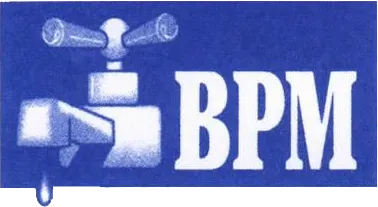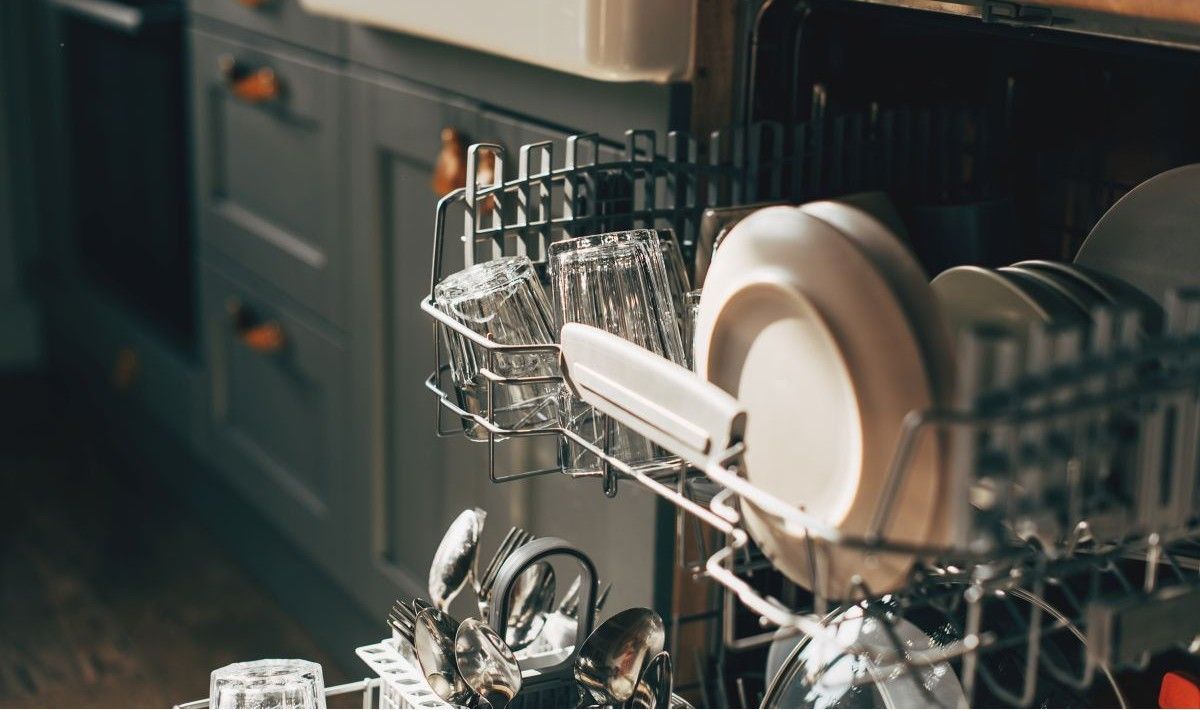Bathroom Renovations: What Plumbing Needs to Be Upgraded First
When most people plan a bathroom renovation, their minds jump straight to the fun parts — tiles, lighting, vanities, and tapware. But before you start picking colours and fixtures, it’s crucial to look beneath the surface. The plumbing system is what makes your bathroom actually work, and upgrading it at the right stage can save you thousands in future repairs.
Every bathroom has hidden pipes that carry water in and waste out. If those pipes are old, poorly sized, or incorrectly installed, your brand-new bathroom could end up with weak water pressure, slow drainage, or even leaks behind freshly tiled walls. That’s why experienced renovators know: the first step in any bathroom upgrade is reviewing the plumbing.
Whether you’re moving fixtures, improving water efficiency, or simply giving your bathroom a modern refresh, make sure the plumbing is ready to handle it. If you’re unsure where to start, speak with our experienced
plumbers in Adelaide — we can inspect your system, recommend essential upgrades, and help your renovation run smoothly from the ground up.
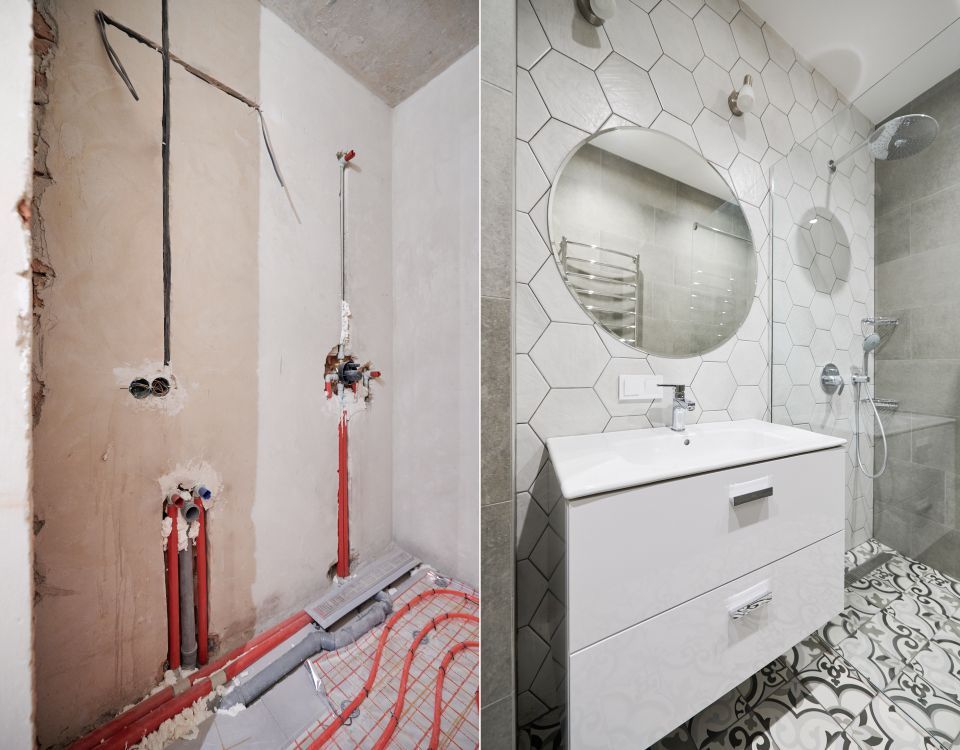
Assess Before You Dress – Checking Your Existing Plumbing
Before you start tearing up tiles or ordering new fittings, take a moment to understand what’s happening behind your bathroom walls and under the floor. A proper plumbing assessment helps you identify any hidden issues that could cause headaches later — because it’s much easier (and cheaper) to replace old pipes before the renovation starts than after the tiles are laid.
Start by checking the age and material of your existing pipes. Many older Adelaide homes still have galvanised steel or early copper systems, which can corrode over time. Tell-tale signs include brown-tinted water, low water pressure, or persistent leaks around fittings. These symptoms usually mean it’s time to replace the old plumbing with modern materials like PEX or copper.
Next, look for signs of slow drainage or gurgling sounds from your sink, shower, or toilet. These often indicate partial blockages or poor pipe alignment. If you’re planning to move fixtures such as the toilet or vanity, understanding your current pipe layout is crucial — shifting them without considering existing pipe routes can quickly escalate costs.
Finally, remember that every renovation needs a compliance check. Plumbing systems must meet Australian Standards to ensure safe water supply and drainage. Having a licensed plumber in Adelaide assess your setup before demolition gives you a clear plan for what to keep, what to replace, and what needs upgrading first.
By taking the time to “assess before you dress”, you’re laying the groundwork for a renovation that looks great and performs flawlessly for years to come.
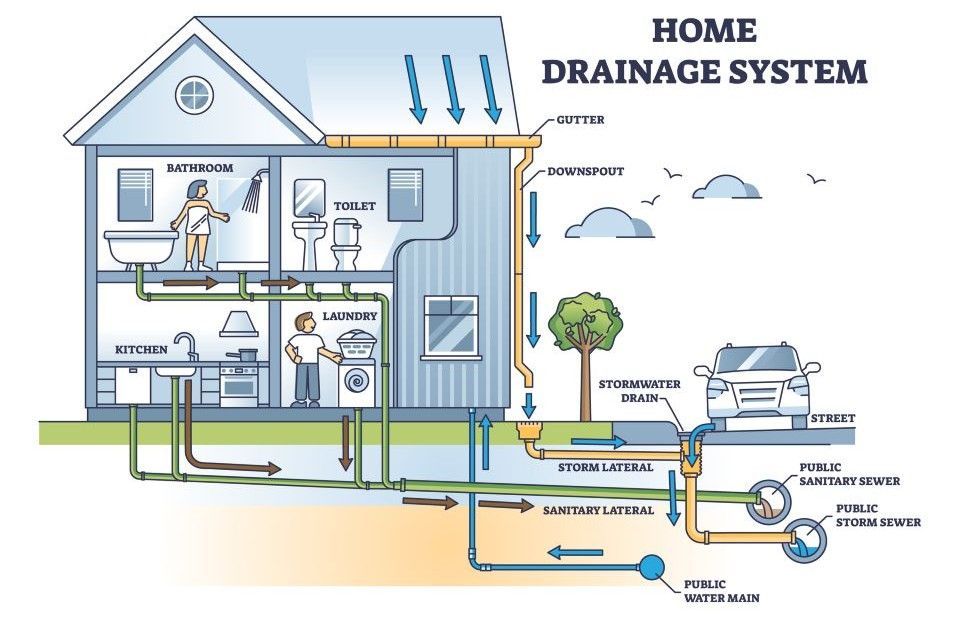
Drainage First: Out with the Old
When it comes to bathroom renovations, drainage should always be your first priority. Even the most beautiful bathroom will quickly lose its appeal if the water doesn’t flow away properly. Poor drainage is one of the most common causes of post-renovation problems — from slow-draining showers to unpleasant smells or damp patches under tiles.
Older homes in Adelaide often have outdated clay or galvanised drain pipes that corrode, crack, or collapse over time. These issues might not be visible on the surface but can lead to serious water damage later. During your renovation, it’s worth having your plumber run a CCTV drain inspection to check for blockages or broken sections before new fixtures are installed.
Upgrading to modern PVC or HDPE drainage systems not only improves flow but also reduces the risk of future leaks. It’s also a good time to make sure all drains are correctly sloped — a small misalignment can cause standing water and foul odours.
If you’re changing your bathroom layout, the drainage configuration might need to be redesigned. For example, moving a shower to the opposite side of the room or shifting the toilet means new waste pipe connections must be installed to comply with Australian plumbing codes.
A professional inspection from the best plumbers in Adelaide ensures your new bathroom’s drainage is efficient, compliant, and built to last. After all, the best bathroom renovations start with solid foundations — and that means getting the plumbing right from the ground up.
Water Supply Lines: Small Pipes, Big Impact
It’s easy to overlook your water supply lines during a renovation, but these small pipes have a big influence on how your bathroom performs day to day. If your shower pressure is weak, your taps take forever to fill the basin, or the water temperature fluctuates, chances are your old supply lines are due for an upgrade.
In many older Adelaide homes, supply pipes may be narrow, corroded, or made from outdated materials that restrict flow and reduce pressure. Over time, minerals and rust build up inside the pipes, creating friction that slows water movement. Replacing them with modern PEX or copper piping ensures a consistent, high-pressure water flow throughout your bathroom — and prevents future leaks.
This is also the perfect stage to upgrade flexible hoses, isolation valves, and fittings, especially if you’re installing new fixtures. Aged or cheap components can burst under pressure, leading to costly water damage.
Even if you’re not relocating any fixtures, rechecking pipe size and layout helps optimise performance. For example, a larger-diameter pipe might be needed to support multiple outlets running at once — like the shower, bath, and vanity.
An experienced plumber can assess your home’s water supply, recommend the right materials, and ensure everything is installed to Australian Standards. Because when it comes to a reliable bathroom, strong water pressure and leak-free pipes make all the difference.
Hot Water Connections: Time to Upgrade?
Your bathroom’s hot water system plays a central role in comfort and efficiency — yet it’s often forgotten until the renovation is nearly complete. Before you start installing new fittings, it’s worth checking whether your existing hot water system can handle the increased demand from modern showers, baths, and mixers.
If your system is more than ten years old or struggles to provide consistent temperature, it might be time to upgrade or reroute your hot water connections. Old pipes can lose heat on the way to the tap, especially if they’re uninsulated or too long. During a renovation, your plumber can reposition the lines or shorten the route to improve both performance and energy efficiency.
When planning your bathroom layout, make sure the hot and cold lines are correctly placed for each new fixture. A qualified plumber can ensure that the water pressure is balanced and the temperature remains steady — no more unexpected cold bursts mid-shower.
It’s also a good idea to check whether your system includes a tempering valve, which regulates the temperature of hot water to prevent scalding. If you’re upgrading your bathroom to meet modern safety standards, this small addition is essential.
If you’re unsure about your setup, our licensed
plumbers in Adelaide can inspect your current system and advise whether a reconfiguration or upgrade is needed. Addressing these details early not only keeps your bathroom safe and efficient but also ensures your new fixtures perform exactly as they should.
Fixture Relocations: The Hidden Cost of Moving Things Around
Moving a toilet, shower, or vanity might seem like a simple design choice — but from a plumbing perspective, it’s one of the biggest factors affecting your renovation cost and timeline. Each fixture has specific water and waste requirements, so relocating them means reworking the pipework that runs beneath your bathroom floor or behind the walls.
For example, shifting a toilet even half a metre can require new drainage runs, venting, and waterproofing adjustments. Showers and baths are equally complex, especially when it comes to ensuring proper fall and waste alignment. Failing to plan these moves properly can result in slow drainage, leaks, or even non-compliance with plumbing codes.
This is why early consultation with a professional plumber is essential before demolition. They can help you map out where fixtures can realistically go based on existing pipe locations, slope, and access. In some cases, your dream layout may need small compromises to avoid costly plumbing rework.
It’s also the perfect time to assess whether fixture heights and spacing comply with Australian Standards. For instance, wall-mounted vanities and toilets require structural reinforcement and precise pipe positioning before tiling begins.
By working with experienced plumbers, you’ll get practical advice on how to achieve your ideal layout without unnecessary complications. A bit of planning now ensures your renovation looks stylish — and functions flawlessly — for many years to come.
Venting and Compliance: Don’t Skip the Essentials
Venting is one of those behind-the-scenes details that most homeowners never think about — until something goes wrong. A properly vented plumbing system allows air to move freely through your pipes, helping waste water flow smoothly and preventing unpleasant sewer smells from creeping into your brand-new bathroom.
If venting is ignored or incorrectly installed, you might notice gurgling noises, slow drainage, or even water being siphoned out of your traps (the curved section beneath your sink or shower). These are all signs that air pressure isn’t being properly balanced in the plumbing system.
When renovating, it’s important to make sure your venting setup is checked and updated if necessary. In many older Adelaide homes, vents may not meet current Australian Standards or might be partially blocked after years of use. Installing a new vent stack or air admittance valve during renovation can fix these issues before they become costly problems.
Compliance isn’t just about following rules — it’s about ensuring your plumbing system performs safely and efficiently for years to come. A licensed plumber in Adelaide will make sure all venting, pipe sizing, and fixture installations meet the National Construction Code (NCC) and South Australian plumbing regulations.
Skipping venting might save time upfront, but it can lead to expensive rework and ongoing drainage issues down the line. With professional guidance, you’ll have a compliant, well-balanced system that keeps your bathroom fresh, quiet, and worry-free.
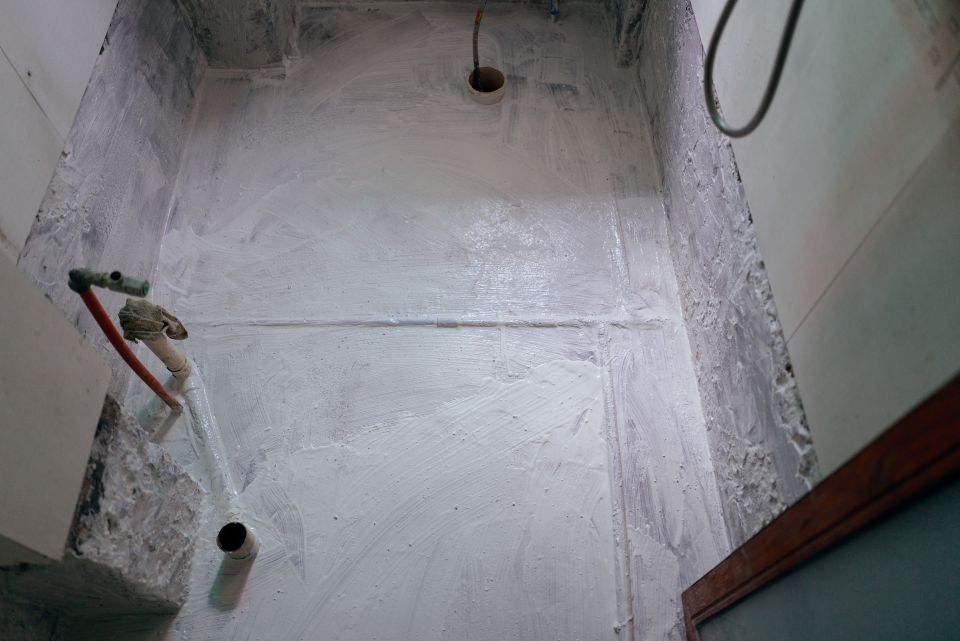
Waterproofing and Plumbing – The Dynamic Duo
Waterproofing and plumbing go hand in hand — one protects your walls and floors from leaks, while the other controls where water flows in the first place. If either one is done incorrectly, your bathroom renovation can turn into an expensive repair job within a few years.
The key is timing and coordination. Plumbing rough-ins (the stage where pipes are installed and connected before walls and floors are sealed) must be completed and tested before any waterproofing starts. If a leak or misaligned fitting is discovered after the waterproofing membrane is applied, it can compromise the entire system and force you to start again.
Similarly, waterproofing over poor plumbing work — such as unsealed joints or incorrectly sloped drains — won’t stop moisture from finding its way through. Once the membrane is breached, water can seep behind tiles, causing mould, damp smells, and even structural damage.
During a renovation, your plumber and tiler should work closely to ensure drain heights, falls, and fixture placements align perfectly with the waterproofing layout. This coordination ensures that water is directed to the drain efficiently, not trapped around edges or corners.
When in Doubt, Call the Pros
Bathroom renovations often look straightforward on paper, but once you start uncovering what’s behind the walls, the complexity quickly becomes clear. Old pipework, hidden leaks, incorrect venting, and poor drainage are just a few of the surprises that can derail a project if not handled properly. That’s why it pays to bring in a licensed professional early in the process.
A qualified plumber will inspect your existing system, identify potential issues, and make sure your new layout complies with Australian Standards. They’ll also manage critical stages like rough-ins, pressure testing, and final fit-offs to ensure everything works perfectly before the walls and tiles go back up.
Even small oversights — like a slightly off-centre waste pipe or an incorrectly fitted valve — can cause major headaches later. Having a professional on-site means these problems are caught early, saving time, money, and stress.
At Best Plumbing, our experienced plumbers in Adelaide handle every aspect of bathroom plumbing upgrades — from replacing old pipes to installing new fixtures and ensuring compliance at every step. We coordinate with your renovation team so your project runs smoothly and finishes on schedule.
When in doubt, let the experts take care of the hard work. A professional plumber’s advice is often the difference between a renovation that just looks good and one that performs flawlessly for decades.
